Unless you’ve been hiding under a rock or have been living in a remote island off the coast of Papa New Guinea, you would have heard of the latest buzz among smartphone fans about quad core processors. The launch of HTC One X has created high expectations among Apple fan boys as well as Android/ Windows fans for a quad core version of other phones as well. With the Samsung Galaxy S3 as well as iPhone 5 rumoured to be powered by a Quad Core processor, one wonders where will the madness end?
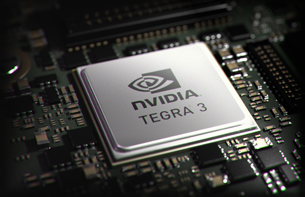
Smartphone Evolution leaps and bounds ahead of Desktop
The rate of change of processing capabilities and memory capacities has been phenomenal for the Desktop PCs over the years. Anyone who is familiar with Moore’s law will know that computing/processor speeds, memory capacity, even pixels on the display screen typically double in a span of 2 years. In the past decade, Desktop PCs have become faster and faster and moved to dual core processors and then to quad core processors. While hexa-core and octa core processors exist today, these processors have so far remained the tools form servers and machines with high computing requirements. The smartphone in the meanwhile has seen a sea change, jumping from processor speed to processor speed in almost half the duration of its desktop counterpart. We now know that smartphones will soon outnumber the desktop PC’s and become the most dependent device for communication, navigation as well as computing. However, does it justify the need for Quad core processors on your smartphone yet? Let’s examine the following factors.
Desktop and smartphone usage comparison
Most people still use the Desktop PC or Laptop for creation of content. Be it for everyday office work such as drafting and sending emails or preparing countless presentations and reports or more sophisticated applications such as compilers for programming, running high graphic games, designing, animation etc. The typical smartphone user uses his smartphone mainly for consuming content, be it, connecting to social networks, checking emails and browsing online and navigation. Clearly, the processing needs of a desktop still vastly outweigh the needs of a smartphone. While the Desktop makers still struggle to make Quad core processors relevant to its consumers, it seems quizzical how smartphone makers have started to sell high power Quad core phones. Would the trend of content creation move from Desktops/ PC Workstations to smartphones in the coming years? At the moment however, it seems Desktops will require significantly larger processing capabilities than a smartphone and clearly those requirements are still sufficiently met with a Dual core processor.
How many Cores do we need?
It’s not long ago that the Dual Core smartphone was heralded in with much pomp and show. Several high end models such as Samsung Galaxy S2, Samsung Galaxy Note, and iPhone 4S etc., sport dual core processors and have been wooing users with its sheer processing capabilities. One however wonders, how much have these Dual Core processors delivered to its users than a typical single core processor. Currently, save for a few very high end games, not many applications can take full advantage of a Dual core processor. However, Dual core processors add great multi-tasking capability to the smartphone. Users have found the speeds significantly faster while running multiple applications. Which begs the question, how many Applications are you likely to run in parallel in a smartphone? Most smartphone users can focus only on one application at a time, although others may run in the background, be it movie, game, internet browser, Google maps and chat IMs. While networking Apps can ideally run in the background, they clearly don’t require as much processing capability as viewing HD videos or playing graphic intensive Games, tasks which were decently accomplished by a single core phone to start off with. The question is, how many more cores do your smartphone need to make these already accomplishable tasks run smoother?
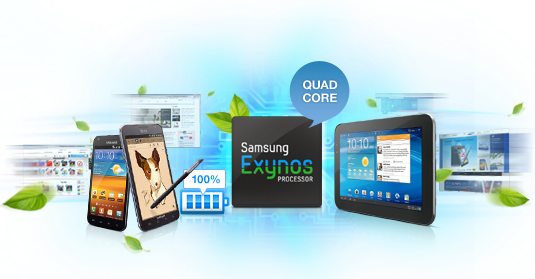
Are Quad Cores Power Hogs?
Smartphone has become a valuable extension to any user. It travels with him/her wherever he/she goes and is a quick point of reference for information, for navigation, for social networking or even communication, which is why its most basic requirement still remains a long battery life. With multiple cores in your smartphone along with improvements in screen resolutions however, the power requirements of the smartphone shoots up. You won’t be surprised if smartphone users find themselves always running for a charging point after a good hour or 2 of high power smartphone usage (calling, browsing, gaming and social networking all at once). However, with the Tegra 3 Quad Core processor, NVidia actually claims a lower power usage than typical dual core processors. Whether Quad cores will actually adversely impact overall smartphone battery performance or not is still debateable. One may hope that advancement of battery technology may make this a complete non-issue.
Why quad core?
The simple truth about computing still remains, “No processing power is enough.” The computing capability of today’s smartphone far exceeds those of the computers that launched the first rocket or computed the impact of the Atom Bomb. Today’s smartphone needs to process countless amounts of data in extremely small frame of time and do it accurately. Last couple of years, the trend has been growing exponentially, with increasing memory storage capabilities, more powerful Apps and faster Data transfer possible, the days of 6Th sense technology and augmented reality aren’t far away. Today’s user can find out exactly where he is on a map, locate the nearest mall, find out the prices of goods, reserve seats in a nearby restaurant and even update his status online in a matter of seconds. It is clear that the smartphone will increasingly depend on the power of multiple cores.
One of the many truisms in technology still remains, that Hardware must always precede software. Software developers and App makers will work towards using the complete potential of the hardware of a smartphone. Hardware innovation always drives the innovation for Applications and software. It may not be long before we find high power applications that possess multiple capabilities of high graphics, social networking, and navigation etc. all in one. An advanced version of Google Street View perhaps would use the full potential of a quad core processor. Increased, processing capabilities also mean lower data usage, as rawer data can be processed by the smartphone rather than being processed by an external server as in the case of Google Maps.
Summary
The promise of superior multi-tasking capabilities and better ability to deal with high graphic content does make the quad core smartphone highly appealing. However, there are very few applications developed till date that can take advantage of the full capability of even dual core processors. It seems people are investing in high power processing capability and dealing with major battery issues for the illusion of superior capability. Even though at the moment Quad Core processors may seem like a luxury mainly due to its exorbitant price, the lack of apps to really use the full potential of the device and the power usage requirements, the future of smartphones certainly is Quad Core processors. Technology is constantly advancing and it is important for hardware to advance faster than software to gain the full potential of smartphones. Quad Cores may seem a Luxury today but they will be a necessity for tomorrow, just like 1 GHz processors that were a luxury two years back but a necessity today.
This is a guest post by Sulakshan who is Co-Founder of MySmartPrice.com, a site which helps your find the best price for Mobiles, Books, Games, Computers, and Appliances etc.

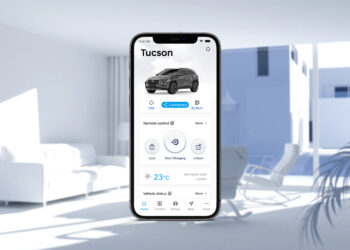

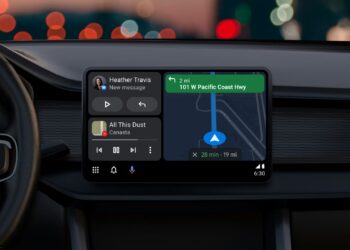
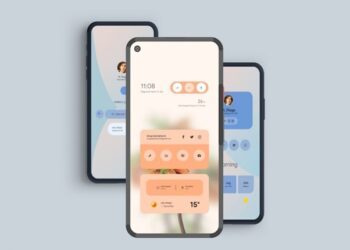



In these days technology is changing very rapidly and you have made good points here. thanks
A well written piece sir. Apps have now started to make better use of processor power.